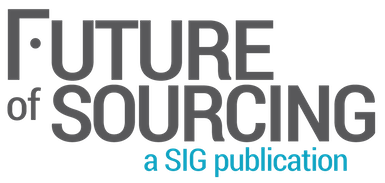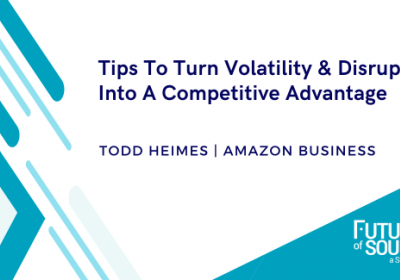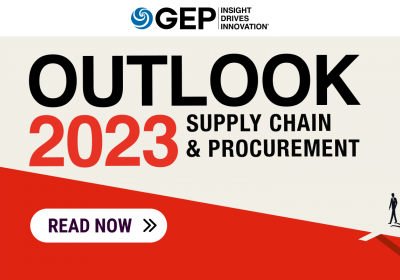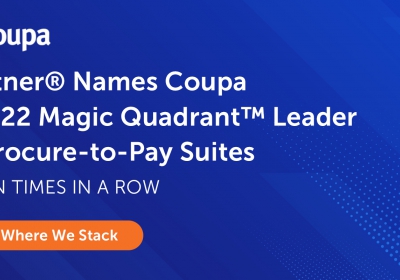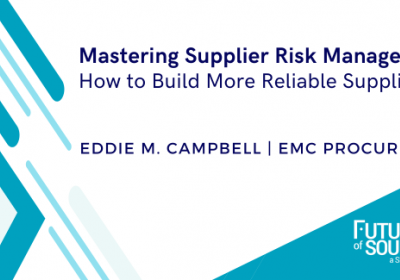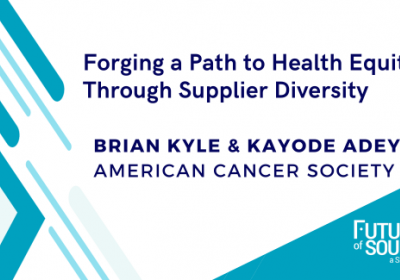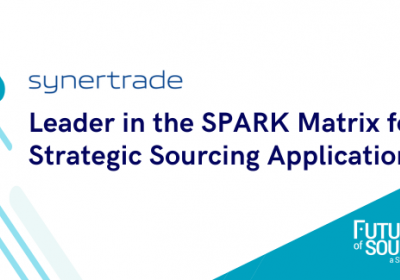Global
Master The Art Of Disruptions: Tips To Turn Volatility & Disruption Into A Competitive Advantage

GEP Outlook 2023
2022 Gartner® Magic Quadrant™ Procure-to-Pay Suites
SIG ANNOUNCES WINNERS OF THE 2022 FUTURE OF SOURCING AWARDS
Procurement’s new BFF: The 2024 guide to contract lifecycle management
It’s no secret: Companies are on a constant quest to make things run smoother and faster. But how can procurement professionals increase their operational efficiency and help the business’ bottom line?
Enter Contract Lifecycle Management (CLM) – the buzzword that’s got everyone in procurement talking.
Nominations are Open for the Future of Sourcing Awards!
We are thrilled to announce that nominations are open for the prestigious Future of Sourcing Awards, taking place at the Global Executive Summit Fall 2024 from October 7th-9th in beautifu
From Buzzwords to Action: How AI and ML Are Driving Procurement Efficiency
The advent of Artificial Intelligence (AI) and Machine Learning (ML) marks a thrilling turn in the evolution of procurement practices, signifying a fresh approach to smart business buying. Once merely a back-office function, procurement has undergone a significant transformation in recent times, boosted by the progress in AI and ML technologies.
Mastering Supplier Risk Management: How to Build More Reliable Suppliers
The Promise and Practical Potential of Intake Orchestration
Intake Orchestration defined
Forging a Path to Health Equity Through Supplier Diversity
OKR Effect: The Secret Ingredient in Next-Level Procurement Strategy
Synertrade positioned as the Leader in the SPARK Matrix for Strategic Sourcing Applications (S2C), Q3, 2023 by Quadrant Knowledge Solutions
Paris, October 26th 2023: Quadrant Knowledge Solutions announced today that it has named Synertrade as a Q3, 2023 technology leader in the SPARK Matrix analysis of the Strategic Sourcing Application (S2C), market.

